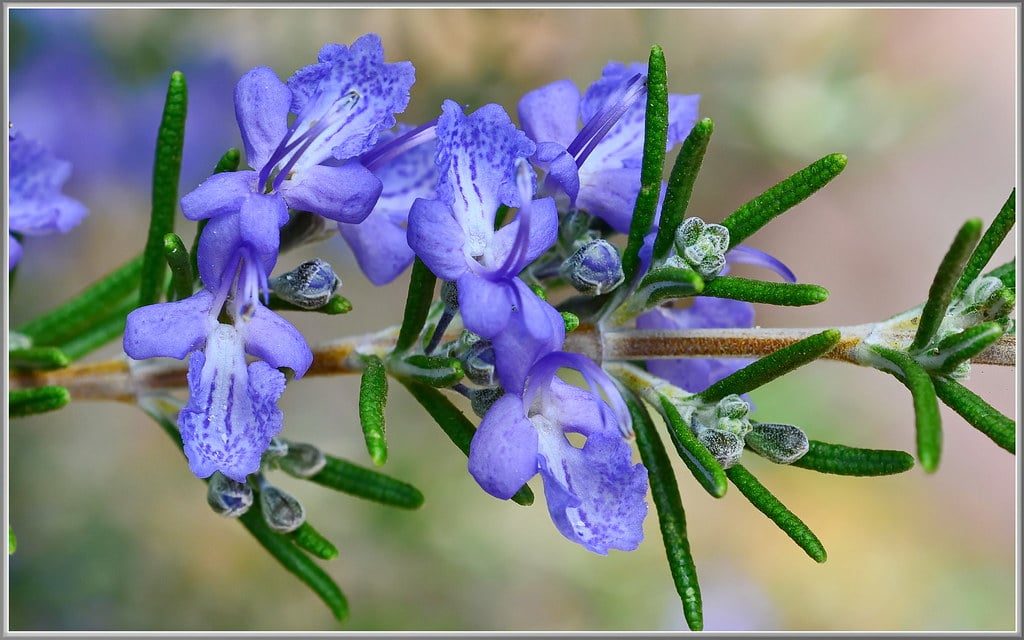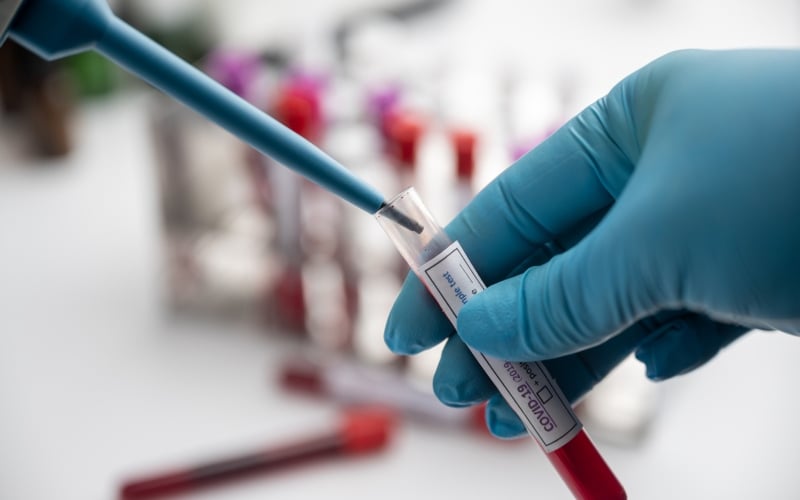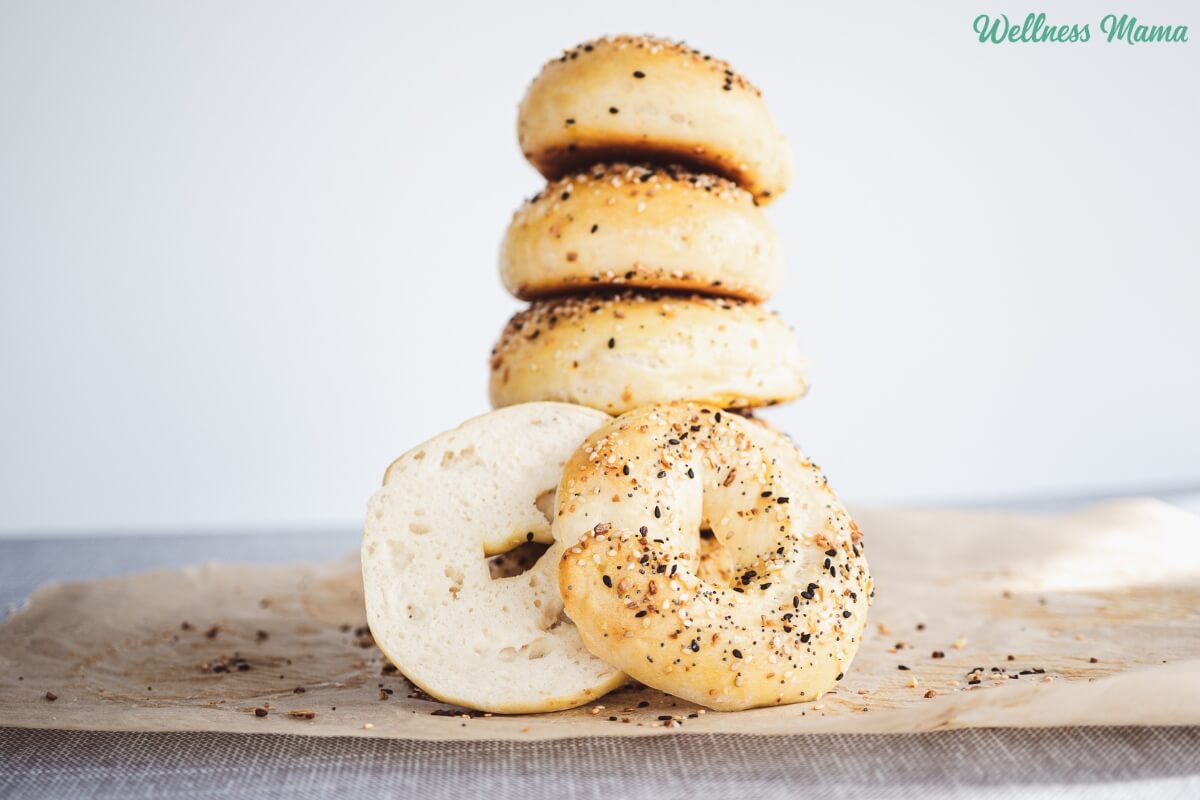 Author: Alexandra EnglerApril 19, 2023
Author: Alexandra EnglerApril 19, 2023 mbg Beauty DirectorBy Alexandra Englermbg Beauty DirectorAlexandra Engler is the beauty director at mindbodygreen and host of the beauty podcast Clean Beauty School. Previously, she's held beauty roles at Harper's Bazaar, Marie Claire, SELF, and Cosmopolitan; her byline has appeared in Esquire, Sports Illustrated, and Allure.com.Image by Leandro Crespi / StocksyApril 19, 2023Our editors have independently chosen the products listed on this page. If you purchase something mentioned in this article, we may earn a small commission.
mbg Beauty DirectorBy Alexandra Englermbg Beauty DirectorAlexandra Engler is the beauty director at mindbodygreen and host of the beauty podcast Clean Beauty School. Previously, she's held beauty roles at Harper's Bazaar, Marie Claire, SELF, and Cosmopolitan; her byline has appeared in Esquire, Sports Illustrated, and Allure.com.Image by Leandro Crespi / StocksyApril 19, 2023Our editors have independently chosen the products listed on this page. If you purchase something mentioned in this article, we may earn a small commission.Listen, a lot of skin woes ultimately come back to one simple issue: lack of hydration. When our skin is parched, fine lines appear deeper, texture issues are more pronounced, the complexion grows dull, and thin skin looks papery. That's why finding high-quality moisturizers that provide sustained hydration are the backbone of any skin care routine—head to toe!
On the papery skin point, lack of moisture is a driving force behind crepey skin. Here's what you need to know.
Advertisement
This ad is displayed using third party content and we do not control its accessibility features.How lack of hydration will lead to crepey skin
Crepey skin just describes the appearance of thin, delicate, slightly wrinkled skin that tends to appear on more mature skin. It gets its name from crepe paper and looks very similar to the material. While it can appear on the face (around the eyes mainly), you'll most often see it on the body: the backs of the hands, chest, neck, arms, and legs.
Like many signs of aging, crepey skin can be attributed to collagen and elastin loss. As we age, the collagen in our skin slowly starts to decline, which leads to fine lines, sagging, and yes, crepey skin. So certainly that's a big part of the issue.
body cream
A whip-thick body cream for serious hydration
★ ★ ★ ★ ★★ ★ ★ ★ ★(9)
Shop now Shop now
Shop nowBut it also has to do with hydration. On an old Clean Beauty School podcast episode, I spoke with board-certified holistic plastic surgeon Anthony Youn, M.D., who described parched skin like a raisin in comparison to a well-hydrated grape.
It's an apt analogy here, too. When your skin lacks moisture, the crepey appearance is more pronounced with wrinkles. Whereas when the epidermis is flooded with moisture, it's going to look supple and smooth.
So if you're seeing crepey skin start to appear on the backs of your hands, neck, or elsewhere on the body, take it as a sign that you need to up your moisturizer game.
mindbodygreen's new body cream is made with a blend of high-quality naturally derived ingredients such as organic aloe, shea butter, olive-derived squalane, vitamin E, and mango seed butter. Mango seed butter, in particular, is high in vitamin C. Vitamin C not only has potent antioxidant properties (so it deals with free radical damage and protects the skin from environmental stressors), but it can help support your natural collagen production.
Advertisement
This ad is displayed using third party content and we do not control its accessibility features.The takeaway
While crepey skin is ultimately caused by collagen loss, its appearance is made considerably worse by lack of hydration. If your skin is looking more parched lately, consider finding a more hydrating product. My personal pick is mindbodygreen's body cream, which is serious about deep, lasting hydration.
 Alexandra Englermbg Beauty Director
Alexandra Englermbg Beauty DirectorAlexandra Engler is the beauty director at mindbodygreen and host of the beauty podcast Clean Beauty School. Previously, she's held beauty roles at Harper's Bazaar, Marie Claire, SELF, and Cosmopolitan; her byline has appeared in Esquire, Sports Illustrated, and Allure.com. In her current role, she covers all the latest trends in the clean and natural beauty space, as well as lifestyle topics, such as travel. She received her journalism degree from Marquette University, graduating first in the department. She lives in Brooklyn, New York.
Original Article










